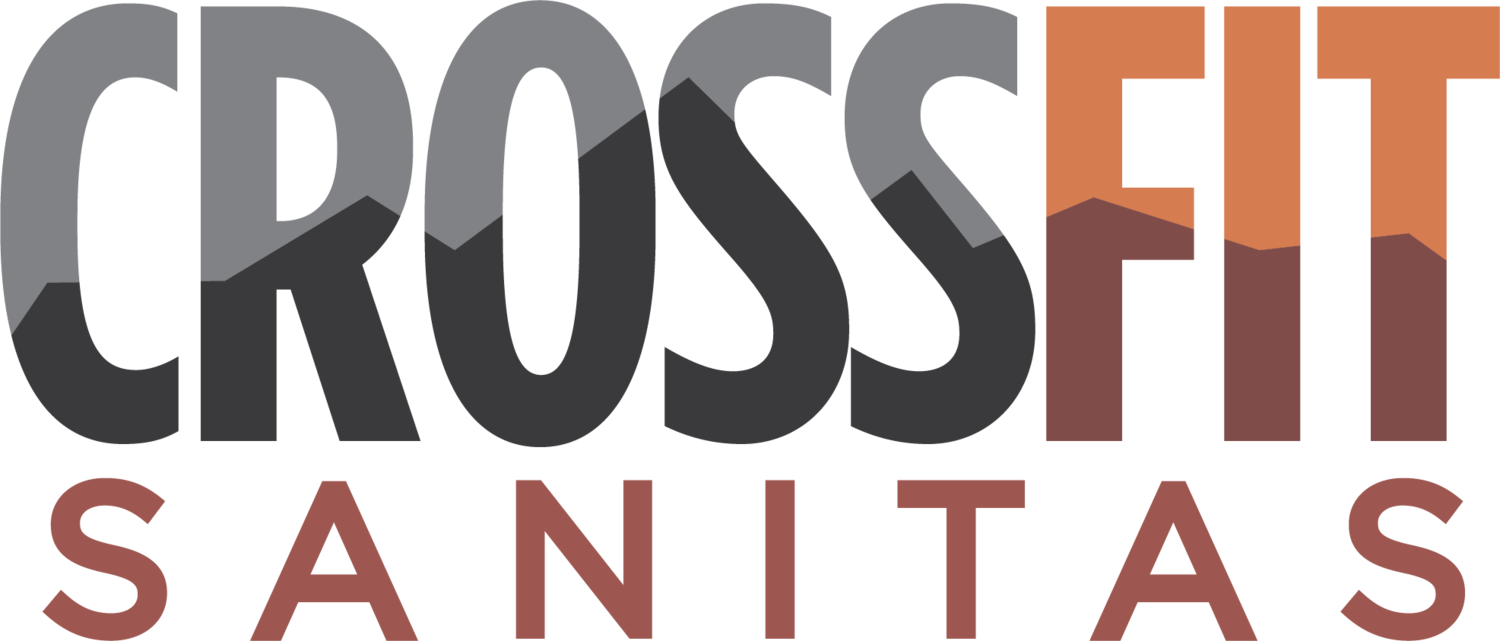Why CrossFit is Great for Women and Teen Girls
Females are between 4-6x as likely than males who play the same sports to be injured, partly because they rely more on ligaments to compensate for lesser-developed muscles, and because of hormonal changes both during puberty and their menstrual cycle researchers say.
When I was a sophomore in high school I experienced a knee injury to my left knee. I was involved in track and basketball, and my injury occurred during basketball practice. I partially tore my Patellar Tendon and dislocated my kneecap. I came back within 9 months of my injury, but a few months later I strained my MCL and then eventually started to roll my left ankle. My slew of injures all stemmed from one knee injury, which eventually led me to get an Arthroscopic debridement and lateral release five years ago. While running track and playing basketball we never really focused on training specific muscle groups and knee injury prevention, and to this day I still believe that if we had a specific strength-training program I wouldn’t have sustained the injury I did.
So obviously, while the increased number of teenage girls becoming involved in organized sports is a good thing, the number of knee injuries that can come along with that increase is not. According to Sports Injury and Prevention, teenage girls that are undergoing puberty are also going through biomechanical changes which can lead to a higher incidence of ACL injury.
Strength Training for Teenage Girls is Crucial
Because teenage girls are especially susceptible to knee injuries a good strength-training program is very important, but unfortunately strength-training programs are often overlooked in the organized sports they participate in. As sports become more competitive at a younger age, the importance of strength training at a younger age also needs to increase. It takes one knee injury to set off a stream of other knee issues later in their life, or issues upstream and downstream of the injury in the hip or ankle. A good strength-training program at a younger age can limit the changes in mechanics that occur during puberty and can help limit the chances of a knee injury.
When a traumatic knee injury occurs the tendons and ligaments can stretch or even tear. Some knee injures are unavoidable, but with proper strength training of the correct muscles the possibility of a knee injury is greatly reduced. A good strength-training program should develop the quadriceps, posterior thigh muscles, and gluteal muscles, which support the ligaments and tendons around the knee joint.
Quadriceps Muscles:
Weak quadriceps muscles greatly increase the possibility of knee injury. The quadriceps muscles help the kneecap track correctly within the groove of the femur, and if the quadriceps muscles are weak poor kneecap tracking can occur. Poor tracking of the kneecap can irritate cartilage under the kneecap and also place extra stress on the tendons (which could be the start of tendinitis).
A Few Quadriceps Muscles Strengthening Exercises:
Squats (backsquats and front squats)
Laying leg raises (squeeze the quad before raising)
Sled Pushes
Posterior Thigh Muscles:
There are three major posterior muscles that make up the posterior thigh: semitendinosus, semimembranosus, and biceps femoris (both long and short head). These muscles are responsible for hip extension and knee flexion, and are therefore very important in maintaining the integrity of the knee joint.
A Few Posterior Thigh Muscle Strengthening Exercises:
Squats (backsquats and front squats)
Goodmornings (both with a band and weighted)
Back Extensions
Sled Pulls
Gluteus Muscles:
Weak glute muscles can also contribute to knee injury and knee instability. The gluteal muscle is made up of three different muscles: the gluteus maximus, gluteus medius, and gluteus minimus. The medius and minimus are often overlooked, but are very important in proper squat mechanics and lower extremity mechanics.
A Few Glute Strengthening Exercises:
Monster walks with a band (sideways, forwards and backwards)
Clamshells (with and without a band around the legs)
Static squat holds with a band (with a band just above your knees, around both legs, go down into a quarter or full squat and hold for 15sec. Repeat 5-6 times).
Single-Leg RDL’s
Backsquats





